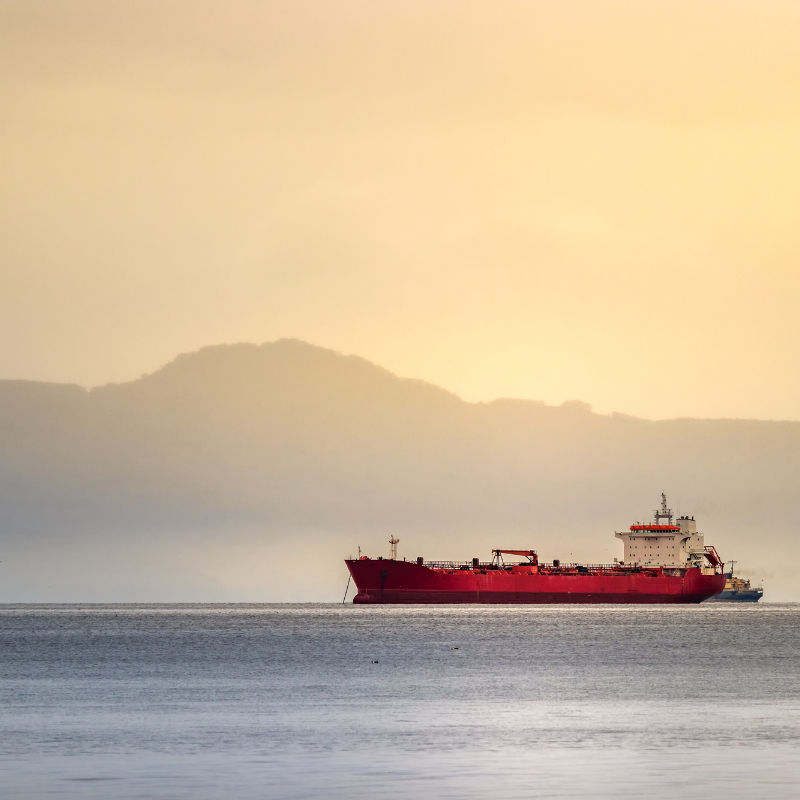Next working day delivery with Royal Mail Tracked 24
How Deep are our Oceans and Seas? The Bering Sea

How Deep are our Oceans and Seas?
Without our oceans and seas, there would be no fish. In our regular blog feature we explore the depth, area and volume of Earth's oceans and seas. Here is a run down of the depth and area of the Bering Sea.
Bering Sea
The Bering Sea covers an area of approximately 885,000 square miles, or nearly 2.3 million square kilometres!
The Bering Sea has an average depth of around 5075 feet, or around 1550 metres. It has a greatest depth of around 15,600 feet, or 4700 metres.
The Bering Sea is a marginal sea of the Northern Pacific Ocean. It forms, along with the Bering Strait, the divide between the two largest landmasses on Earth, Eurasia and The Americas (Russia and The United States - Alaska).
The Bering Sea comprises a deep water basin, rising through a narrow slope into the shallower water above the continental shelves. The Bering Sea is so-named for Vitus Bering, a Danish navigator in Russian service, who, in 1728, was the first European to systematically explore it, sailing from the Pacific Ocean northward to the Arctic Ocean.
The Bering Sea is well known as rich, but deadly, crab fishing grounds, and is featured in the long-running popular television series Deadliest Catch. As well as crab, at least 419 species of fish have been reported from the Bering Sea, so biodiversity is high.
The water temperature on the Bering Sea surface average from 34° F (1° C) in the north to 41° F (5° C) in the south. The frost-free period lasts for about 80 days in the northern part of the sea, where it snows even in the summer months. Maximum temperatures are only 68° F (20° C). Salinity of the surface water is relatively low, 31-33 parts per thousand, in the deeper parts of the sea the salinity increases to around 35 parts per thousand.

How Many Fish Live in the Oceans on Earth?
Scientists estimate the total number of fish in the Earth's ocean to be around 3,500,000,000,000, comprising of around 20,000 different species. However, accurately counting the number of fish is near-impossible task. It is very difficult to estimate what percentage inhabit the Bering Sea.
The estimated number of fish in our oceans and seas is constantly changing due to environmental factors, plus as fishing, predation, and reproduction.
Photo credit(s): Getty Images (title image and above).




